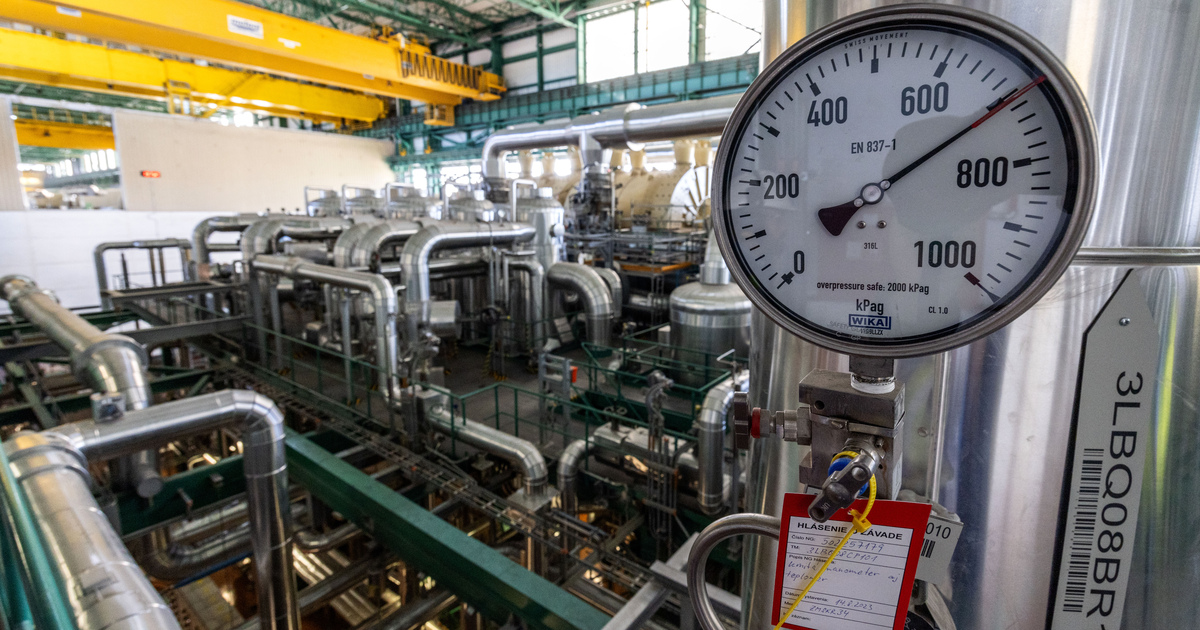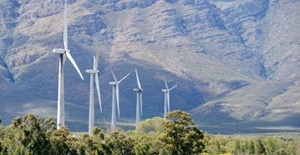Out-Law News 2 min. read
Kenya publishes plans for first nuclear power plant

Photo by Janos Kummer/Getty Images
15 Apr 2024, 10:35 am
A recently unveiled strategic plan provides a roadmap for the establishment of Kenya’s first nuclear power plant with aims of bolstering the country’s energy capacity while reducing CO2 emissions, an expert has said.
The plan follows the successful introduction of Kenya’s Nuclear Power and Energy Agency (NuPEA) and its 2020-25 plan, with the latest strategy setting out goals for 2023-27.
Energy law expert, Jurg van Dyk of Pinsent Masons, said: “The strategic plan takes Kenya’s national development agenda, environmental considerations, and international climate change commitments into consideration whilst identifying focus areas of national importance.”
These areas include the development of nuclear infrastructure, support and engagement with stakeholders, nuclear energy research and innovation, and hiring more people in the energy and petroleum sector. The plan also promotes strengthened collaboration with local and international research and academic institutes.
Currently, Kenya’s domestic installed electricity capacity is around 3,073MW, consisting of hydropower, geothermal, thermal power, wind, solar and biomass facilities. The roadmap sets out plans to add nuclear energy into this mix in line with aims of lower CO2 emissions by harnessing an energy source which has low associated emissions.
The strategic plan provides a timeline for the types of potential nuclear power systems deployable by no later than 2030, This will offer “significant advances in sustainability, safety and reliability, and economics”, said Sarah Burford of Pinsent Masons.
NuPEA envisages construction commencing by 2029 and operation of the country’s first nuclear power plant by 2034.
Burford said: “Developments in the nuclear energy space will not only drive development through procurement, manufacturing and construction jobs for Kenya, but will assist in creating demand for African-sourced uranium.” As of 2022, Namibia and Niger produced 11% and 4% of the global supply of uranium.
It is anticipated that the nuclear energy development proposed by the plan will require approximately Kshs. 38.233 billion (approx. US$273 million), which will primarily be drawn from the Kenyan government. NuPEA will seek funds from Kenya’s consolidated energy fund and its national research fund for the activities planned in the plan. NuPEA has further partnered with entities such as the International Atomic Energy Agency, Japan International Cooperation Agency, Korea International Cooperation Agency and US government, among others, for funding and research collaborations.
“If NuPEA’s implementation of the strategic plan is as successful as the implementation of 2020 – 2025 strategic plan was, Kenya will successfully position itself as an African leader in nuclear energy research and energy generation, whilst simultaneously achieving Kenya’s goals of reducing its CO2 emission rate from energy generation,” Van Dyk said.
Kenya’s strategic plan aims to position Kenya as the African leader in nuclear energy and electricity generation, while simultaneously fostering stronger partnerships and collaborations with international bodies and regional trading partners. However, Kenya is not the only African country exploring options for new nuclear. Egypt, Rwanda and Ghana, amongst others, are in the process of considering nuclear power as it “brings a promising future from a mining, technology and energy perspective”, Burford said.
South Africa also recently took steps to amend its national nuclear regulations, bringing them in line with international standards by introducing additional regulatory functions, as well as making financial provision for the safe rehabilitation or decommissioning of nuclear facilities.
Van Dyk said: “African countries’ increasing interest in nuclear energy is a result of prevailing energy deficits across the continent and the need to simultaneously promote economic growth while reducing CO2 emissions. Kenya will, for the foreseeable future, continue to play an important role in energy technological developments in Africa and remain a leader in the development of nuclear energy on the continent while promoting economic growth and meeting its emissions targets.”




